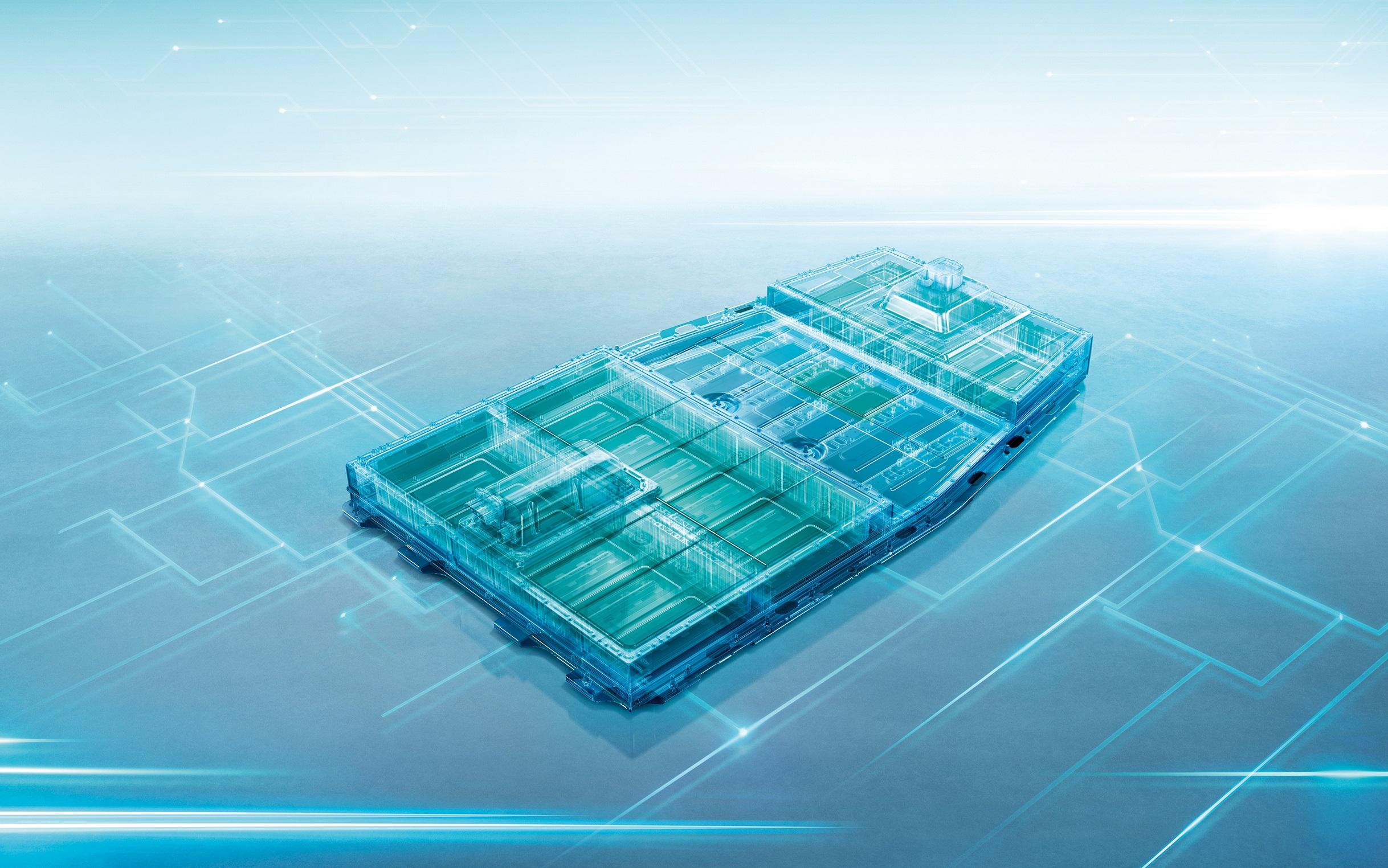On August 10th, Korean economic magazine reported that SKI was ready to mass produce NCM 9/0.5/0.5 batteries and was waiting for orders from car manufacturers.
The battery is called NCM Kuban, with a ratio of nickel, cobalt, and manganese of 9:0.5:0.5. Kuban is expected to be commercially available starting from the first quarter of 2023, with Ford’s electric truck F-150 being the first model to use the battery. The maximum range of the vehicle equipped with the battery can reach 700 kilometers, but the driving conditions are not specified.
As we all know, increasing the nickel content can increase the energy density of the battery, but reducing the cobalt content will lower the stability of the battery. SKI has solved the stability problem through optimization of the battery separator, and the specific technical details are expected to be announced by SKI.
Currently, under the consensus of high nickel content, internationally mainstream power battery companies including Panasonic, LG, and CATL are all developing low cobalt and cobalt-free batteries as the next generation of power batteries.
Overall, high nickel content remains the mainstream direction of the next generation of power batteries. Major battery companies and automakers are actively developing batteries with higher nickel content, with the ultimate goal of achieving “cobalt-free” to reduce costs and improve energy density.
This article is a translation by ChatGPT of a Chinese report from 42HOW. If you have any questions about it, please email bd@42how.com.
